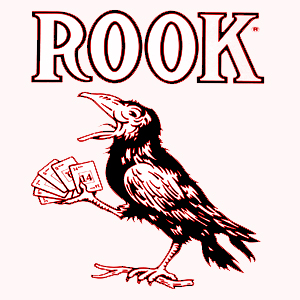Colorado fans were given eight names to choose from and Avalanche was the most popular. An avalanche is a frighteningly powerful act of nature that occurs in Colorado's mountains and their logo features a Rocky mountain-like "A" and an avalanche on a puck whips around the "A."
The Dallas Stars of Texas, honors the "Lone Star state." However, when the team was in Minnesota, their fans had chosen the Minnesota state motto "Etoile du Nord" (Star of the North).
The Detroit Red Wings name was the choice of then team president James Norris. He picked it because he had played on the Montreal Winged Wheelers and their wheel logo was a good fit for Detroit which is also known as the Motor City for its automotive production.
Edmonton Oilers - The management held a contest and chose Oilers, reflecting the importance of the oil industry in the area. They kept the name when it moved from the World Hockey Association (WHA) to the National Hockey League.
Florida Panthers - H. Wayne Huizenaga wanted to draw attention to the Panther, an endangered native wildcat of Florida.
Hartford Whalers - When originally in the WHA, club was named New England Whalers for two reasons: (1) New England, particularly Massachusetts, seaport towns are connected to whaling; (2) the name had WHA in it (WHAlers). Name later changed to Hartford Whalers. The original logo featured a whaling harpoon and the newer version features a stylized "H" with a whale's fluke.
Los Angeles Kings - Original owner, the late Jack Kent Cooke, named the team himself. The original colors were purple and gold with a logo of royal crown. The team colors became black, silver and white the same year Wayne Gretzky joined the team (1988-89). The current version features the letters "LA" and a silver crown.
Montreal Canadiens - Representing the nationality of the players on the team. Originally, the team had only French Canadian players.
And team #31 in the NHL will be in Seattle.
The nhlseattle.com team name and identity have not been decided as of this writing. Fans have been asked to help select the team name by sharing ideas using the hashtag #NHLSeattle or #ReturnToHockey.





























